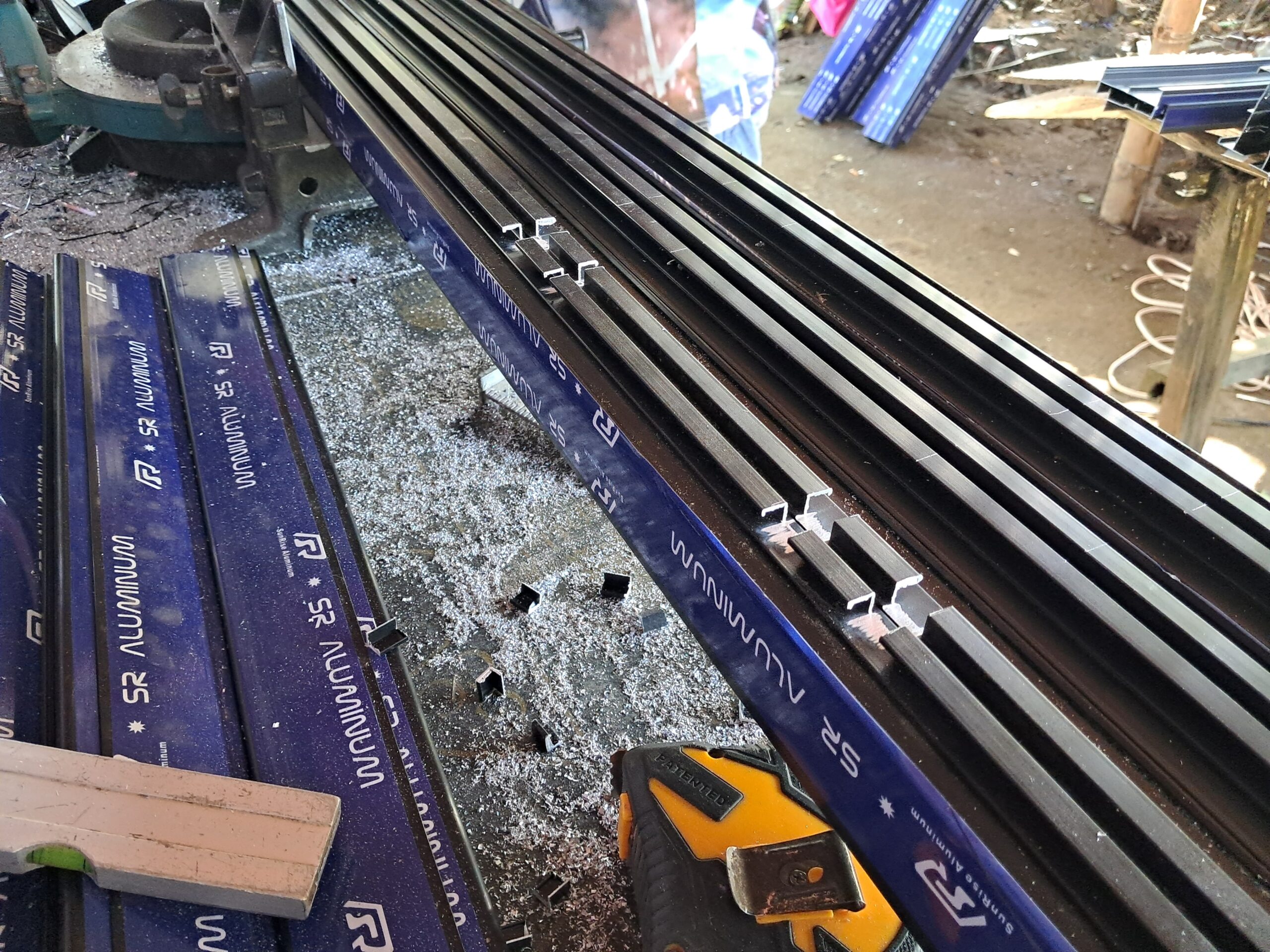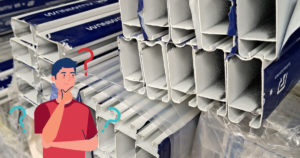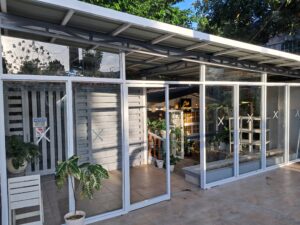As a seasoned glass and aluminum contractor, staying abreast of the latest industry trends and materials is crucial to delivering high-quality projects. In the realm of aluminum profiles, the 798 and 900 series stand out as popular choices for architects and builders alike. In this blog post, we will delve into the characteristics of these two profile series, examine their most used colors, and discuss the advantages and disadvantages associated with each.
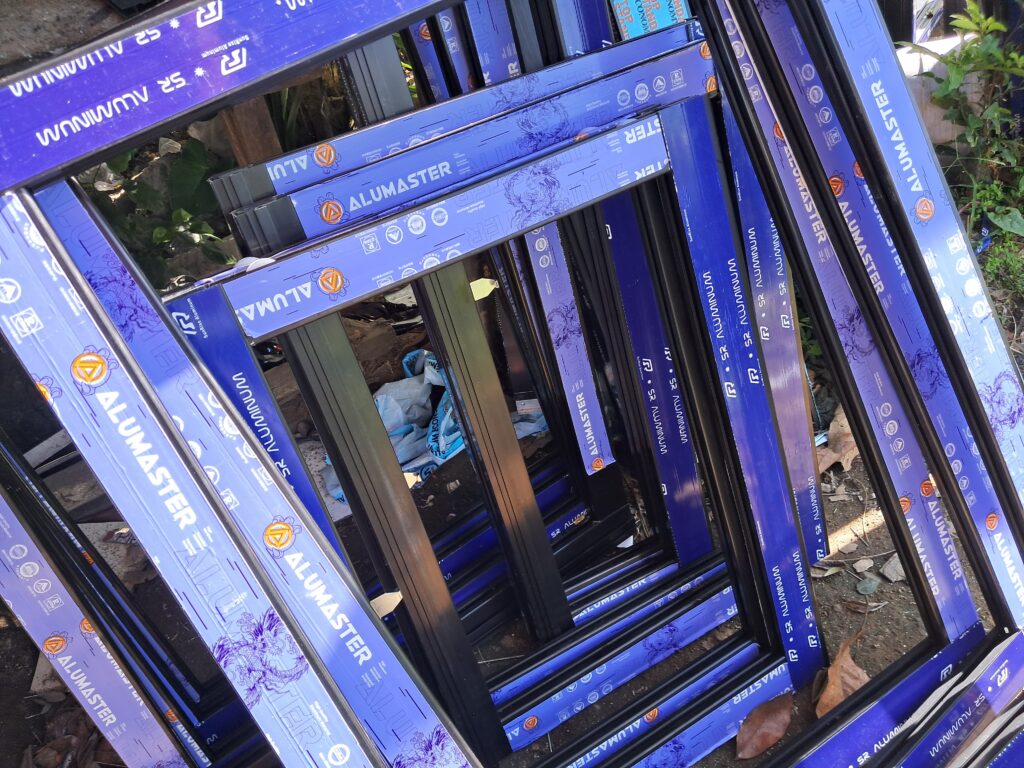
798 Profile Series
The 798 profile series is renowned for its versatility and aesthetic appeal. One of the most frequently used colors for the 798 series is anodized silver. This classic finish not only provides a sleek and modern appearance but also offers excellent corrosion resistance. Other popular color options include bronze and black, allowing contractors and architects to customize the look of their projects to suit specific design preferences.
Advantages of the 798 Profile Series:
- Versatility: The 798 series is highly adaptable, making it suitable for a wide range of applications, from residential windows and doors to commercial storefronts.
- Aesthetic Appeal: With its sleek and modern design, the 798 series adds a touch of sophistication to any structure.
- Corrosion Resistance: The anodized finish provides robust protection against corrosion, ensuring longevity and durability in various environmental conditions.
Read More: 10 Advantages of Using Aluminum in Your House Project
Disadvantages of the 798 Profile Series:
- Cost: While the 798 series offers excellent performance, it may be relatively more expensive compared to some other alternatives.
- Limited Thermal Performance: Depending on the specific project requirements, the thermal performance of the 798 series may be surpassed by newer profiles in the market.
900 Profile Series
The 900 profile series, on the other hand, is known for its structural strength and high-performance capabilities. The most commonly used color for the 900 series is powder-coated white, a timeless choice that complements a wide range of architectural styles. This series is often favored for projects where structural integrity and energy efficiency are top priorities.
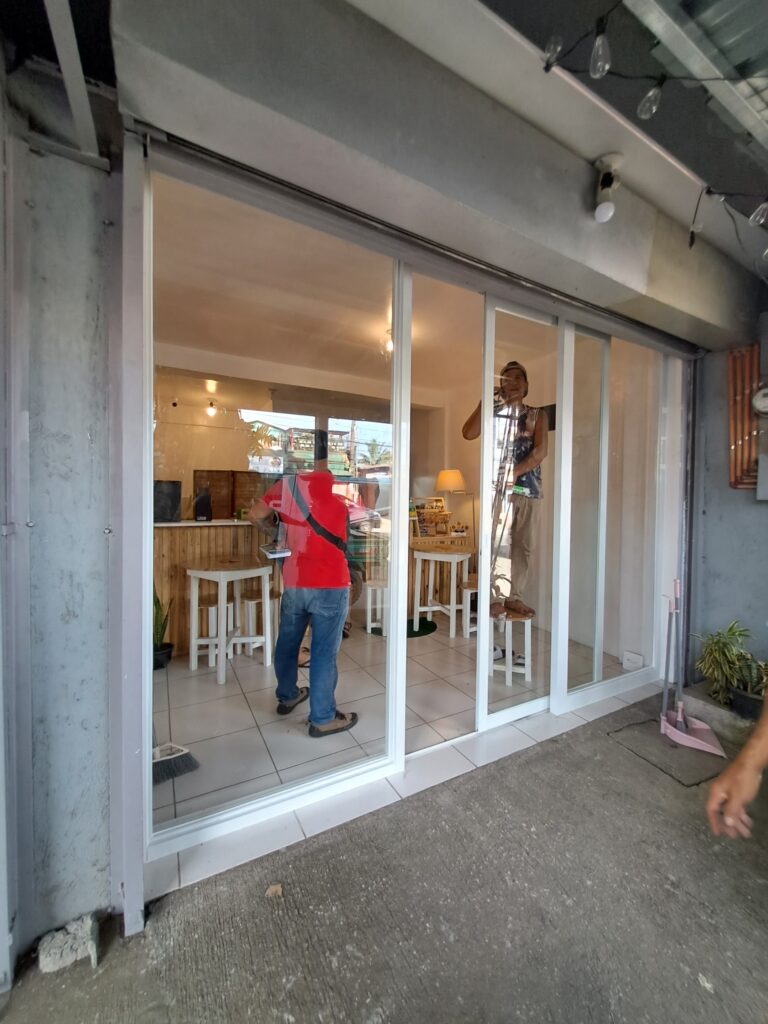
Advantages of the 900 Profile Series:
- Structural Strength: The 900 series is engineered for superior strength, making it suitable for larger and more demanding architectural projects.
- Energy Efficiency: With improved thermal performance, the 900 series helps enhance energy efficiency in buildings, contributing to sustainability goals.
- Wide Range of Applications: From curtain walls to large-scale windows, the 900 series is designed to meet the needs of diverse projects.
Disadvantages of the 900 Profile Series:
- Limited Aesthetic Options: While white powder coating is a popular choice, the 900 series may offer fewer color options compared to the 798 series.
- Maintenance Considerations: The white finish, while aesthetically pleasing, may require more regular cleaning to maintain its pristine appearance.
Conclusion:
Choosing between the 798 and 900 profile series ultimately depends on the specific requirements of your project. The 798 series excels in versatility and aesthetics, while the 900 series prioritizes structural strength and energy efficiency. By carefully considering the advantages and disadvantages of each series, you can make an informed decision that aligns with your project goals and client preferences.

